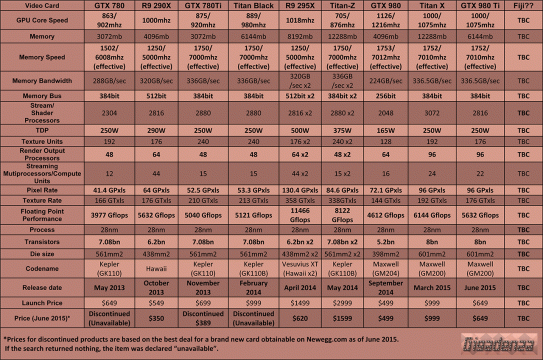Roland SC-8850
My First and Most Senior
Roland’s “Sound Canvas” series was consigned to the archives of its manufacturer’s ruthlessly governed website at a time when my hair was not flecked with grey. So deeply entombed beneath “later and greater” successors that to locate so much as a manual or driver requires snubbing the site altogether and drawing on search engines to unearth what should be proudly exhibited.
The SC8850 marched into melodic prominence in 1999 and represented the pinnacle of the range. In the summer of 2004, it became my very first Ebay purchase, shipped by an American seller and in mint condition. I was thrilled, despite the hearty import duty. The 64 part synthesiser, was capable of emitting 128 simultaneous voices from a record shattering selection of 1640 timbres, many high fidelity, quad tier tones with 63 drum kits hammered home for good measure and all this synthetic sparkle with no hint of a supplementary card.
The handsome champagne shaded case served up a fantastically generous total of 64 channels or parts, divided into four blocks of 16 labelled A B C and D, each freely accessible within sequencing software and on the unit itself. Four instrument maps, one native and three replicating the layouts and sounds from the sc-55, sc-88 and sc-88 pro were available via a dedicated button.
The manual implied this emulative ability exploited actual ROM data from these three preceding canvases, though many who witnessed direct comparisons attested the resemblance, while passable, would hardly convince a purist to renounce authenticity.
Its universal effects processor facilitated variable re-verb, chorus and delay with each in turn presenting a handful of customisable ear candy. For reverb, there was level, character, time and feedback, for chorus, level, feedback, delay, rate and depth and for delay, level for the left right and centre channels, time, ratio for left and right and feedback.
A 2 band EQ offered gains for high and low frequencies, while each of the unit’s unprecedented 64 parts sported its own subsection of tweak-able traits such as level, pan, key change, fine tune, modulation, velocity depth and offset, vibrato rate, depth and delay, cut-off frequency, resonance and lastly, attack/release and decay times.
What’s that SC? Oh yes, your stunning collection of “EFX” jewellery, how could I excuse a failure to eulogize over 64 resplendent dynamic hues and textures. That’s right, more chorus and delay filters, flangers, pitch shifters, guitar and keyboard modellers, compressors, panners, limiters and phasers and every one tunable to its toenails.
Moreover, all parts could be separately directed to one of two stereo RCA phono outputs (A or B), with a cocktail of these effects applied to every instrument patch that occupied them.
Though rarely vaunted for their versatility alongside Roland’s more professionally attuned rack mountable JD, JV and XV product lines, the sound canvases were loyal, dependable desktop workhorses with innate charm and charisma. A signature forte was their exceptionally well balanced general midi sound sets.





